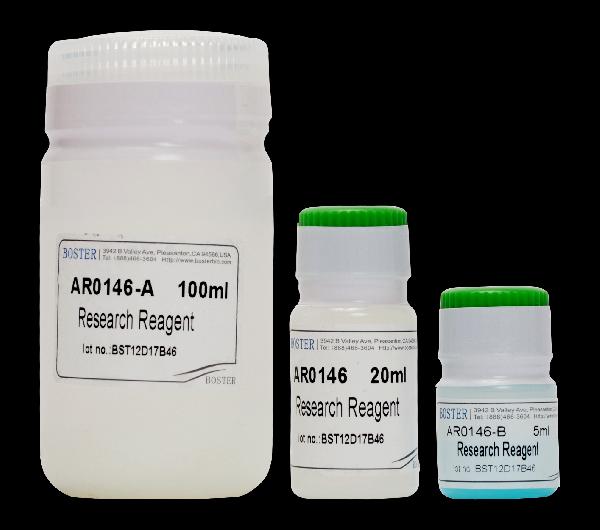Cytokines are polypeptide molecules that are produced by various cells and may widely fix cell functioning. Primarily, cytokines act not just on the immune and hematopoietic system, but also on the endocrine and nervous systems. You can read analysis on multiplex cytokine to know more about cytokine.

The binding of cytokines to their receptors initiates complex intracellular molecular connections which ultimately lead to changes in cell transcription, a process called cellular signal transduction. The extracellular region admits the website of this binding cytokines, and the cytoplasmic area accomplishes the signal transduction after receptor stimulation.
Structure and form of cytokine receptors:
Additionally, some cytokine receptor arrangements like IL-10, IL-12R and so forth, haven't been completely explained. In the same time, some cytokine receptor constructions, for example IL-2R α chain (CD25), have been identified but haven't yet been categorized.
Common chain in cytokine receptors:
Many cytokine receptors are heterodimers or multimers that are composed of at least two subunits, and generally comprising a particular ligand binding alpha chain and a beta strand included with the sign. The alpha chain comprises a very low affinity receptor, along with the beta series generally doesn't blend with cytokines alone but is included in the creation of high affinity receptors and signal transduction.
The usage of ligand competitive binding assays, practical similarity analysis and molecular cloning methods demonstrated the existence of distinct cytokine receptors reveal the identical string in cytokine receptors. IL-6, IL-11, LIF and OSM can play with a similar biological part in hepatocytes, megakaryocytes and plasmacytoma.